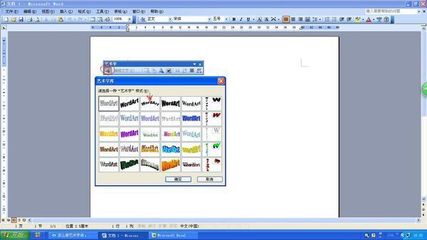在oracle中number表示数据型,p=>pricesion,s=>scale.在oracle管方网站上对number(p,s),作以下的解释:
//==============================================================================================//
TheNUMBERdatatypestores zero as well as positive and negative fixed numbers withabsolute values from 1.0 x 10-130to(but not including) 1.0 x 10126. If you specify anarithmetic expression whose value has an absolute value greaterthan or equal to 1.0 x 10126, then Oracle returns anerror. EachNUMBERvaluerequires from 1 to 22 bytes.
Specify a fixed-point number using the following form:
NUMBER(p,s)
where:
Scale can be greater thanprecision, most commonly whenenotationis used. When scale is greater than precision, the precisionspecifies the maximum number of significant digits to the right ofthe decimal point. For example, a column definedasNUMBER(4,5)requiresa zero for the first digit after the decimal point and rounds allvalues past the fifth digit after the decimal point.
It isgood practice to specify the scale and precision of a fixed-pointnumber column for extra integrity checking on input. Specifyingscale and precision does not force all values to a fixed length. Ifa value exceeds the precision, then Oracle returns an error. If avalue exceeds the scale, then Oracle rounds it.
//=========================================================================//
太长了,看不是太懂.
总结一下:
1,范围:number(p,s)
a,p在1~38,s在-84~127
2,p>s时:
a,s>0时:
数据的有效数字为p个,小数部分为s个,整数部分为p-s个
如果整数大于p-s时,报错;
如果小数部分大于s,会对小数部分四舍五入,最后变成s.
b,s=0时:表示这个没有小数的数(可以理解为整形)
c,s<0时:表示这个是整形(没有小数位)
从小数点左起每|s|个位进行四舍五入,
然后整数的有效位数为p+|s|位,如果整数的数据大于p+|s|时,会报错.
3,p<s时:表示的范围在0~1之间
a,小数起必须要存在s-p个0,如果不够,会报错;
b,小数位数大于s,会自动四舍五入;
参考一下:http://hi.baidu.com/mars_mars/blog/item/6154198083d989d2bd3e1eae.html
http://www.cnblogs.com/hengzi/archive/2011/08/17/Oracle-10g-datatype.html
 爱华网
爱华网


